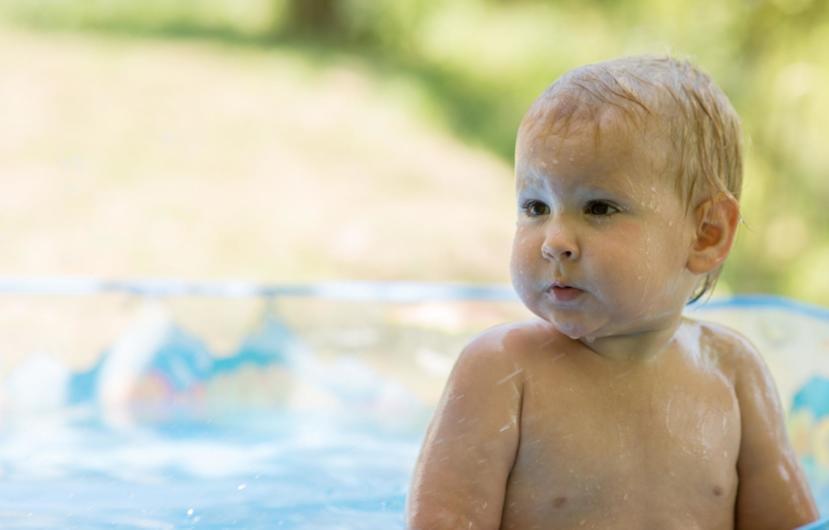Summer Danger: Above Ground Pools Linked to Most Child Drownings

Portable pools are often associated with drowning in young children, according to a new study. A portable pool is a structure that is generally used in the place of an in-ground swimming pool or any water recreation. Researchers report that a child drowns in a portable pool every 5 days.
Researchers considered the risk with different types of portable pools like wading or kiddie pools, inflatable pools, and self-rising pools. In most of the cases of drowning, the children were younger than 5 years. Among the deaths reported in from Memorial Day through Labor Day 2017, at least 163 children younger than age 15 fatally drowned in swimming pools or spas, according to media reports compiled by the USA Swimming Foundation, a Pool Safely campaign partner.
Of the 800 children drownings each year, 112 of them were younger than 5 years old.
During the same timeframe in 2016, 205 children younger than age 15 drowned in above ground swimming pools or spas, according to media reports. Of those, 140 were children younger than age five.
Ann Marie Buerkle, Acting Chairman, U.S. Consumer Product Safety Commission, says: “Each one of these deaths is a tragedy, which serves as a sobering reminder of how dangerous water can be for young children.”
The highest number of drownings occurred in the following states:
Florida - 25
California - 14
Texas - 14
Arizona - 10
Georgia - 7
Ohio - 7
Virginia - 7
Indiana - 6
Louisiana - 6
A national public education campaign run by the U.S. Consumer Product Safety Commission (CPSC), lists the steps that pool owners and parents need to take to keep everyone safe.
- Install a four-sided fence with a self-closing, self-latching gate around all pools and spas.
- Designate an adult Water Watcher to supervise children at all times around the water.
- Learn how to swim and teach your child how to swim.
- Learn how to perform CPR on children and adults.
- Teach children to stay away from pool drains, pipes and other openings to avoid entrapments.
- Ensure any pool or spa you use has drain covers that comply with federal safety standards. If you do not know, ask your pool service provider about safer drain covers.
Researchers feel that a strong campaign is needed to make the consumers aware of the risk of portable pool. This is particularly true because, small portable pools do not create the same sense of danger as an in-ground pool, they add. Portable pools are less expensive and easily available in toys store, home stores, and online.
Reminders:
- Always stay within arm's reach of your child. Most drownings occur due to poor supervision. You have to really be watching at all times.
- Use proper safety devices. Arm floaties and air-filled tubes aren't approved for safety and won't protect your child against drowning.
- Be wary of plastic or inflatable pools. They are rarely fenced in and impossible to turn over once filled with water.
If you think, "well it won't happen to me," here are some sobering facts: "Drowning is quick and silent," says Parents advisor Martin Eichelberger, MD, president and CEO of Safe Kids and director of emergency trauma and burn services at Children's National Medical Center, in Washington, D.C. "Young kids rarely make a big splash, thrash around, or scream for help like you see on TV. They usually fall in head first and sink to the bottom like a rock." A child who's underwater will lose consciousness after two minutes and suffer irreversible brain damage within four to six minutes.
Don't let anyone in your family become a statistic. Follow proper safety protocols and keep your kids safe.












